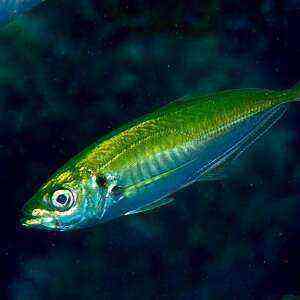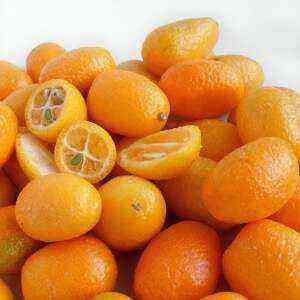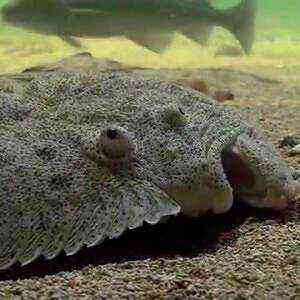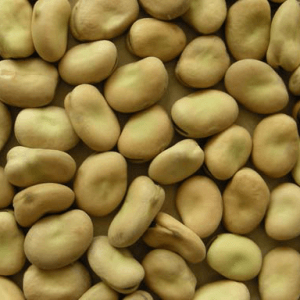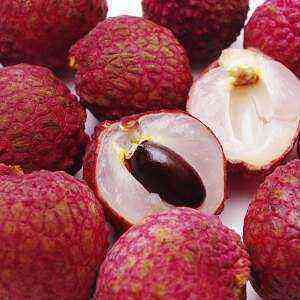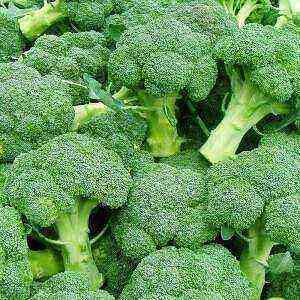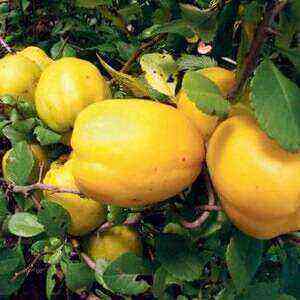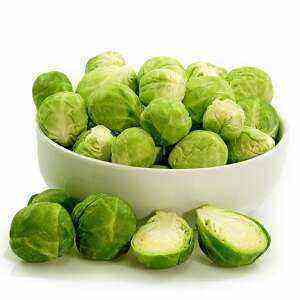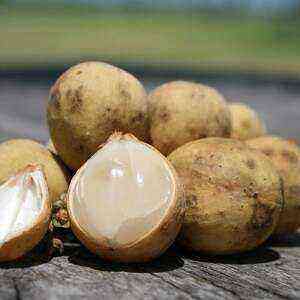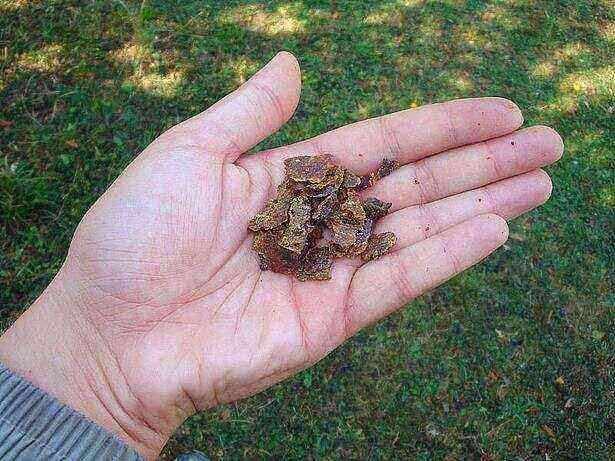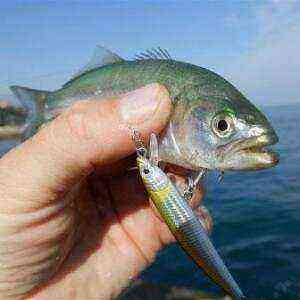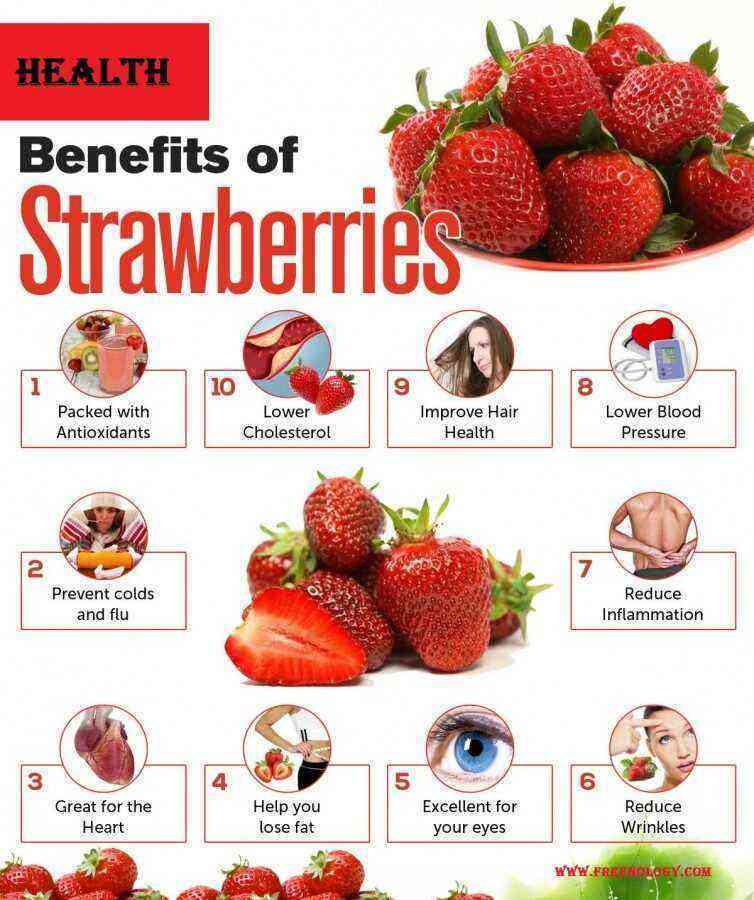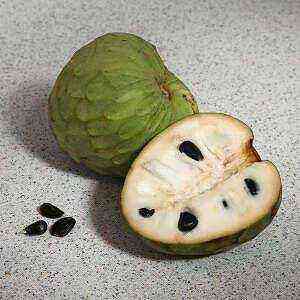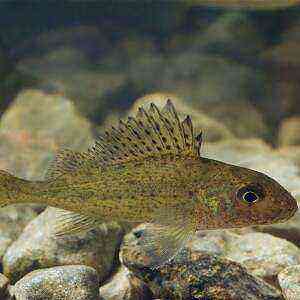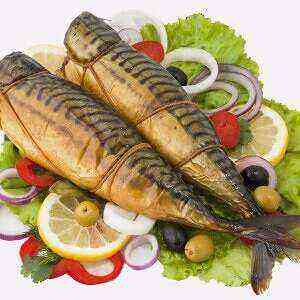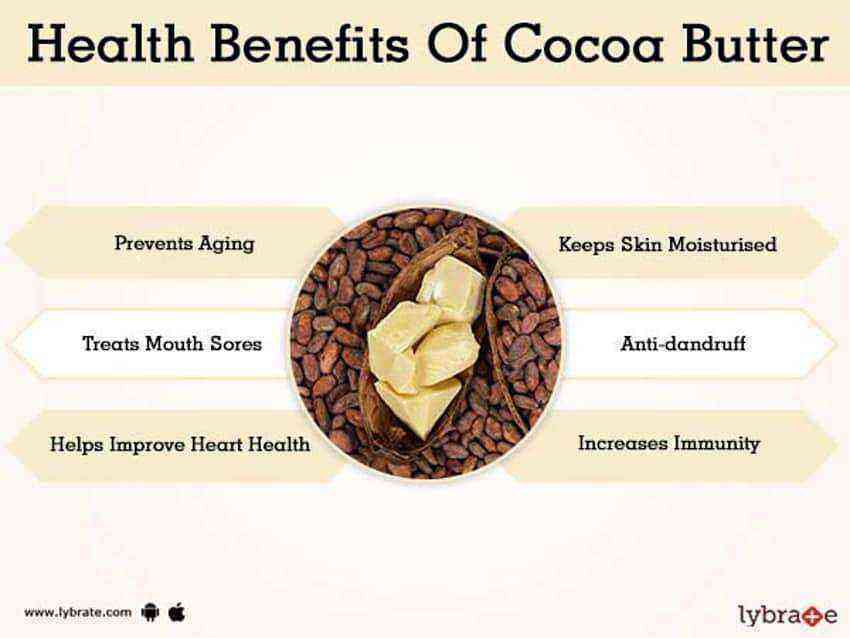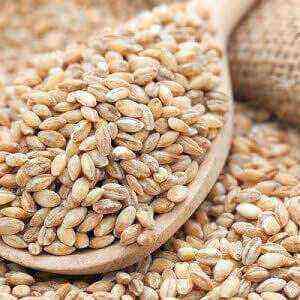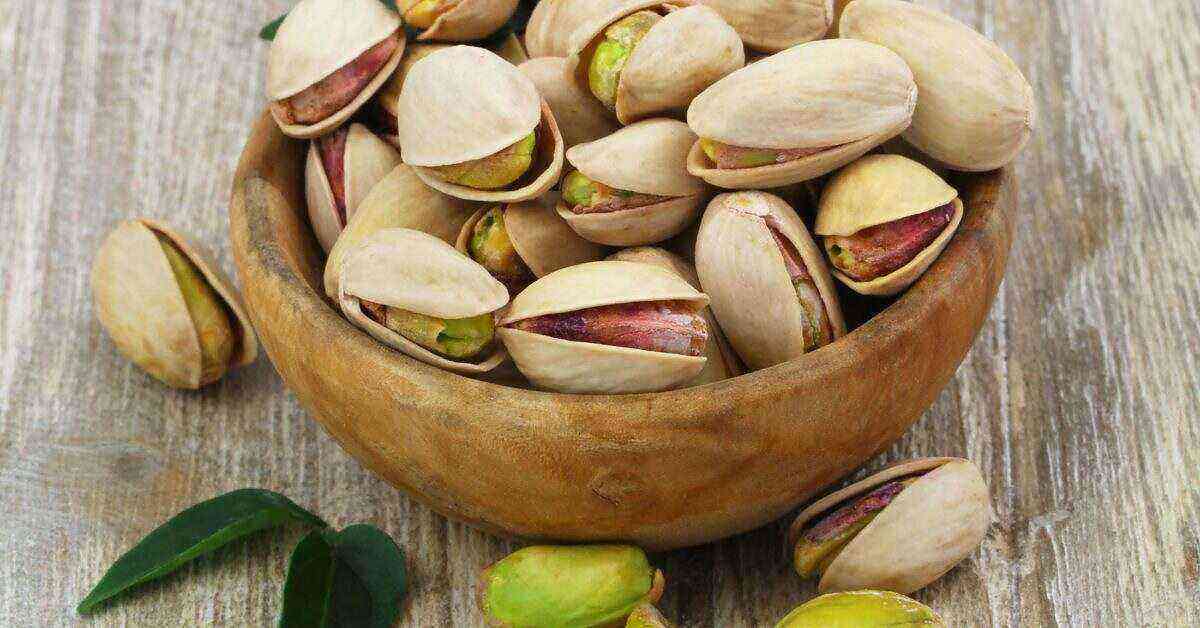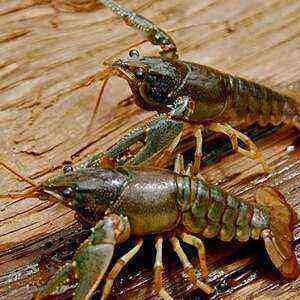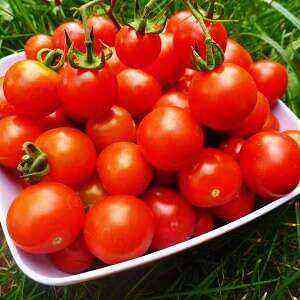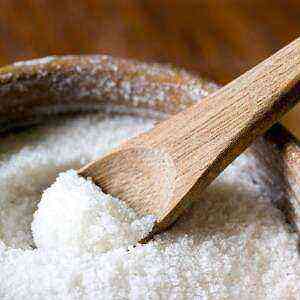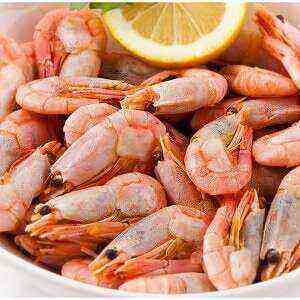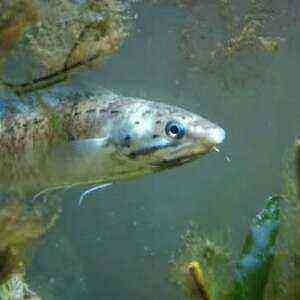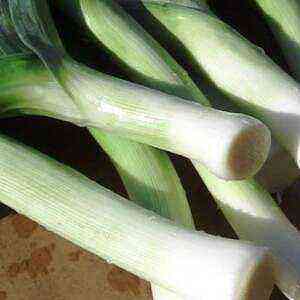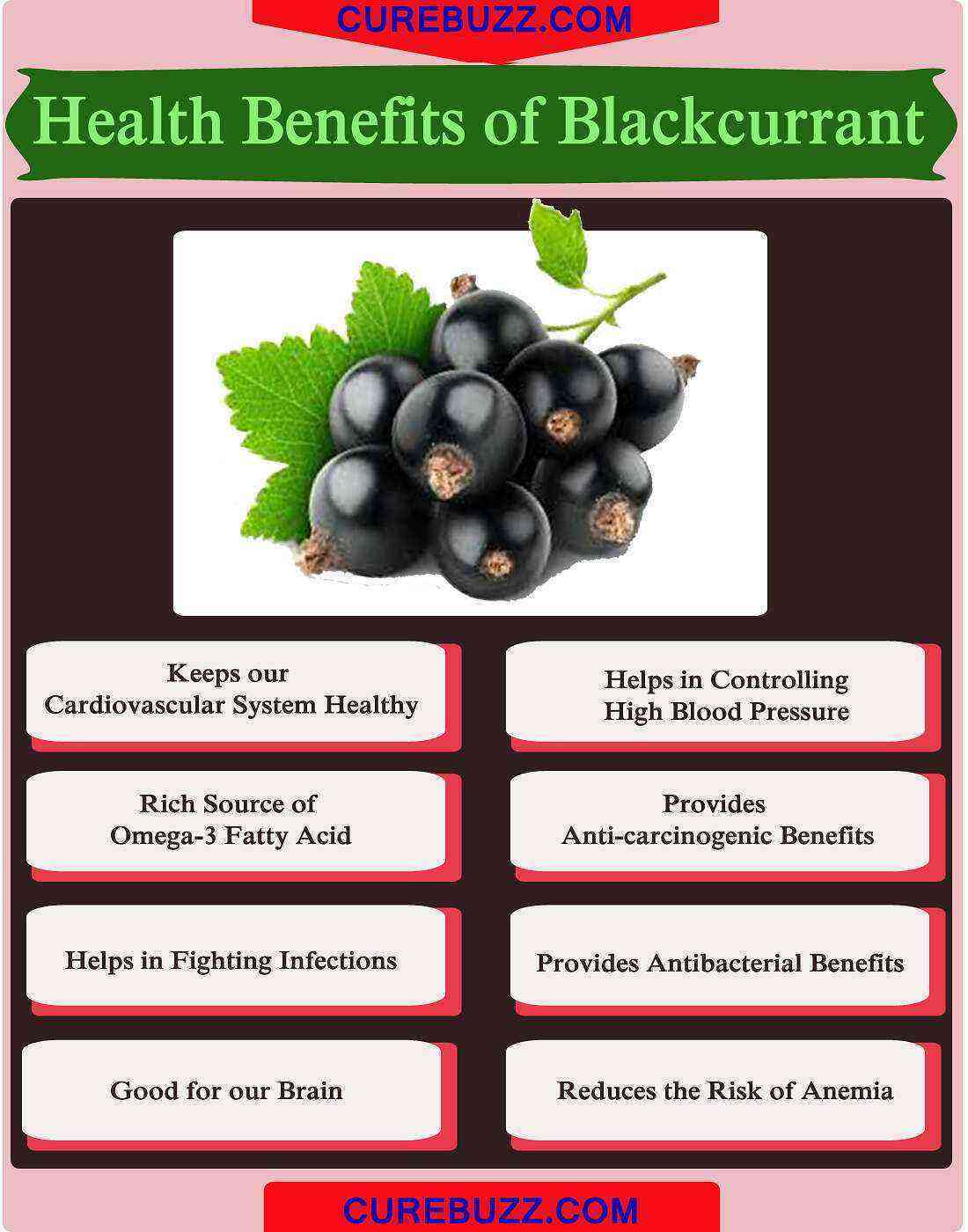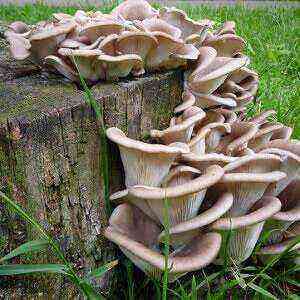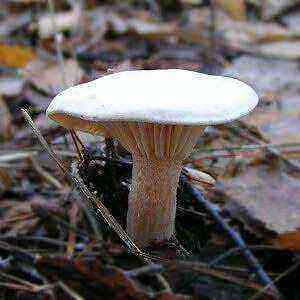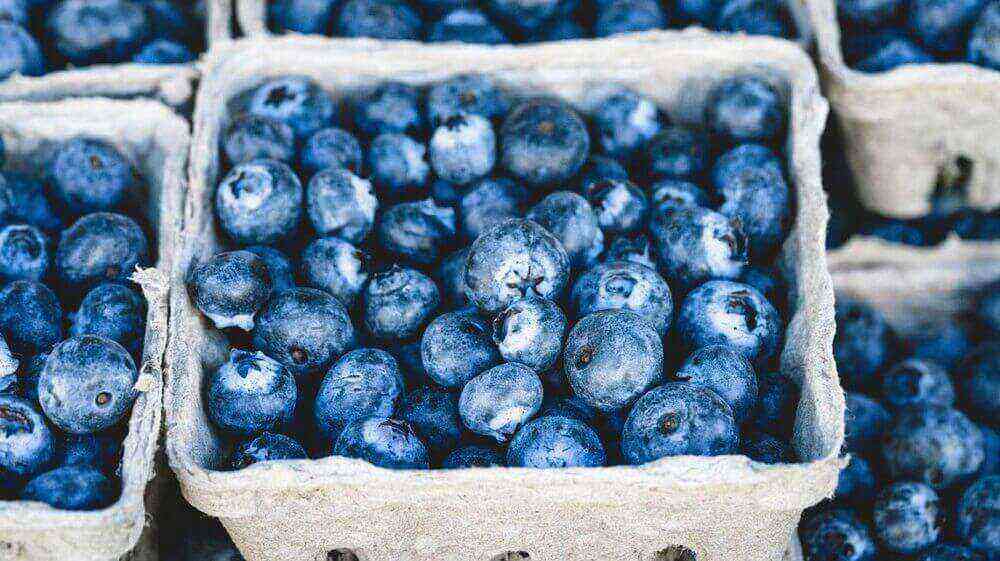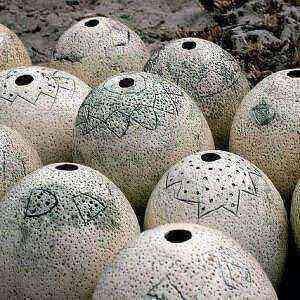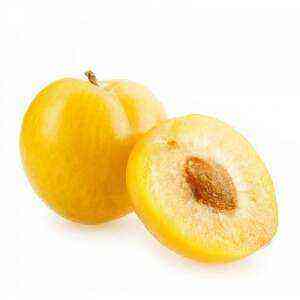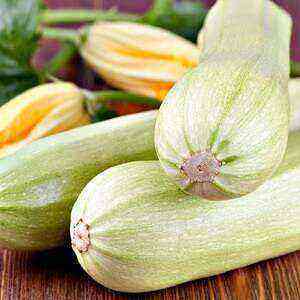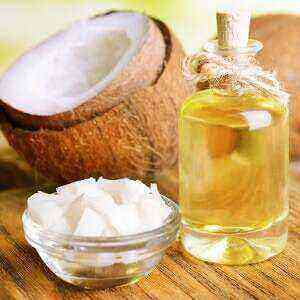
Sweet story
It is impossible to say exactly how long bee honey has existed on the planet. It seems that this product has always been. Rock carvings found in Spain and dated back to the 150th millennium BC depict beekeepers. And some sources claim that the oldest fossilized remains of honeybees are almost XNUMX million years old.
Written memories of the breeding of bees in hives have been found on the walls of the Temple of the Sun near Cairo. This record is considered one of the first written memoirs of bees. The ancient Egyptians often used honey as a sacrifice to their gods and also used this product to make embalming liquids. Honey is also mentioned in the records of the Sumerians, Babylonians, Hindus, Chinese, there is a name for this product in the scrolls of the East, the Talmud and the Koran. In the Old Testament, Israel was called “the land of honey and milk.” The Bible also says that John the Baptist ate wild honey. In the Qur’an, sweet nectar is referred to as an incredible product with healing effects.
An example of honey sacrifices was borrowed from the Egyptians and the ancient Greeks. But besides this, they used nectar as a useful product and a healing agent. Back in the XNUMXth century BC, Euripides described a recipe for walnut cheesecakes made from cottage cheese and honey. There was a place for this golden product in the ancient Roman culinary tradition, especially since beekeeping was one of the most popular trades in the empire. There, honey was not only consumed as food, but also sacrificed to the gods, and the warriors healed their wounds with this sweet product.
After the popularization of Christianity, the demand for honey and beeswax increased: people learned to make church candles out of them.
It is also known that in the XNUMXth century in Germany, peasants paid tribute to the feudal lords in the form of honey and beeswax. And throughout the XNUMXth century, English monarchs used fermented honey wine. This drink was called mid.
During the Renaissance, when sugar entered the gastronomic arena, the popularity of honey, still used as a sweetener, declined significantly. Meanwhile, respect for the bees has not disappeared. It is known that Pope Urban VIII chose this amazing insect as his coat of arms. Several millennia earlier, the pharaohs of Lower Egypt also used bees as their symbol. And around the XNUMXrd century BC. e. these insects adorned the money of Greek Ephesus. And Napoleon’s flag was embroidered with swarms of bees. Interestingly, the ancient Greek goddess Artemis and the Roman god Eros were also associated with bees. The Greeks believed that Cupid, before sending his arrow at any mortal, dipped it in honey.
What is honey
Honey is a sweet product that bees produce from nectar collected from flowers. For many centuries, mankind has been using this viscous and aromatic product as a natural sweetener. Its taste, color and consistency vary depending on the flowers from which the nectar was collected. Generally, the darker it is, the stronger the flavor.

By the way, if you collect honey before excess moisture evaporates from it, it will contain too much water, and natural yeast cells will cause fermentation, which will eventually affect the taste (it will become like vinegar).
Bees are the most industrious creatures on earth. They literally work to death (until they sting someone). In 6 weeks of such work, one bee produces a little less than 1 teaspoon of honey. A typical honeybee colony consists of 80 insects and 1 queen.
But still, why should bees produce honey? In fact, honeycombs are stocks of bees for the winter. They consume honey and pollen as a source of carbohydrates, proteins, fats and vitamins. If you take all the honey from the hive, this means that the swarm will not survive until spring.
Varieties and types of honey
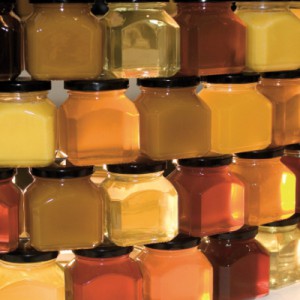
First of all, all types of a product called honey are divided into 2 groups: natural and artificial (food product). Bee honey can be floral and honeydew (from honeydew or honeydew of animal origin). But bees will never produce honeydew honey in the presence of flowers with nectar.
Natural honey is very diverse. It can vary in color, which depends on the mineral composition, the presence of pollen and phenol. Also, some types of food may be cloudy due to air bubbles, pollen and other components. The smell is determined by the acids included in the composition. But the taste of honey depends on a variety of conditions, including hives and weather conditions.
In its shape, natural honey is:
- honeycomb – this is the so-called raw product, it is considered the purest of all forms, beeswax in its composition is edible;
- raw – in addition to wax, it may contain pollen and other components;
- liquid – filtered, often pasteurized (this reduces the likelihood of crystallization);
- dry – in the form of powder, granules or flakes, is quite rare, as a rule, contains additives;
- in a piece – as a rule, a liquid product with a piece of honeycomb;
- crystallized – a thick, sugared substance.
In addition, honey can be monofloral – made from the nectar of one plant (according to the rules, such a product should contain at least 51% of the nectar of a certain flower). In this case, the name of the product comes from the name of the plant. Honey made from a mixture of different pollen is called polyfloral honey.
Monofloral honey: what are they and how are they useful?
Barberry
Golden, with a pleasant aroma and taste. Used as a hemostatic agent.
Cornflower
Greenish yellow, with an almond scent and a bitter taste. It is useful for treating dermatitis and other skin conditions and is also important for eye health.
Heather
It happens from dark yellow to red-brown color, with a faint odor, bitter-tart aftertaste. Crystallizes very quickly. Useful for poor appetite.
 Acacia
Acacia
Light, transparent, with a floral scent. Poorly amenable to crystallization (it retains the consistency of a syrup for a long time, the most liquid of all types), but after it it becomes milky white. It is useful for weakened immunity, diseases of the kidneys, liver, digestive organs, sleep disorders.
Buckwheat
Light brown with a shade of red, with a pronounced aroma and taste. Among other varieties, it is the leader in terms of protein and iron content. It is useful for strengthening the heart, preventing the formation of atherosclerotic plaques, treating anemia, liver and gastrointestinal disorders.
Mustard
Golden yellow with delicate taste and aroma. After crystallization (small crystals) cream color. Useful for diseases of the respiratory system.
Pea
Transparent, with a pleasant smell and taste. It is useful for dysfunction of the digestive organs.
Donnikovy
From white-green to pale amber color, with a vanilla smell and a bitter aftertaste. After crystallization – with large particles. Helpful for strengthening the immune system.
Angelica
Dark cinnamon or amber, with a specific caramel smell and taste. Very viscous, crystallizes slowly. It is useful for dysfunctions of the central nervous and digestive systems.
Blackberry
Absolutely transparent, with a characteristic smell and taste. It is useful for colds and kidney diseases.
Kashtanovыy
Dark (from horse chestnut – transparent), with a bitter aftertaste. Crystallizes quickly. Considered low grade. Useful for diseases of the kidneys and gastrointestinal tract.
Clover
Transparent, colorless, with a pleasant taste. After crystallization, it is a solid white mass. It is useful for vitamin deficiency, stomach diseases, improves lactation.
Lime
Light yellow, with a linden scent and a slightly pungent aftertaste. Prone to rapid crystallization (after it turns white). It is considered the most useful of all types. Used for diseases of the throat, digestive organs, kidneys, liver, for the healing of burns and purulent wounds.
Known for antiseptic, anti-inflammatory, expectorant and laxative properties.
Burdock
Light yellow in color with a dark olive tint, strong aroma and pleasant taste. It can be recognized by its strong viscosity. Useful for dermatitis, intestinal diseases, indigestion.
Alfalfa
From white to amber color, with pleasant taste and smell. After crystallization – white, reminiscent of heavy cream. It is useful for strengthening the body, with diseases of the gastrointestinal tract.
Crimson
Light in color, with a pleasant taste and delicate aroma. As a rule, forest, but also garden. It is useful for the treatment of vitamin deficiency, colds, kidney disease and strengthening the immune system.
Carrot
Dark yellow with a pleasant aroma. Recommended for people with eye diseases.
Mint
Amber, with a mint aroma and aftertaste. After crystallization, it is a light yellow, fine-grained substance. It is useful as an antiseptic, analgesic, choleretic agent, and is recommended for diseases of the digestive system.
 Dandelion
Dandelion
Golden yellow, viscous, with a pungent aroma and taste. Crystallizes quickly. Useful for anemia, lack of appetite, liver diseases.
Sunflower
Light golden, with a pleasant taste and weak aroma. It readily crystallizes, after which it turns yellow with large crystals. It is useful as a bactericidal agent.
Orange
From the nectar of citrus plants, hence the specific taste and aroma. One of the most useful. Recommended for people with vitamin deficiency.
Motherwort
Light golden or straw, with a specific, but mild taste. It is useful for men’s health, for disorders of the nervous or cardiovascular system, it is recommended for insomnia and tachycardia.
Rowan
Reddish, with a pronounced aroma and pleasant taste. After crystallization – coarse-grained mass. Useful for kidney disease, hemorrhoids.
Bruised (from blush)
Light amber, with a pleasant smell and taste, rather thick. Crystallizes slowly. Useful for diseases of the respiratory system and insomnia.
Pumpkin
Golden yellow with a pleasant taste. Crystallizes rather quickly. Useful for diseases of the digestive system.
Bilberry
Light with a reddish tint, pleasant smell and taste. Useful for people with kidney dysfunction.
Thistle
The color ranges from colorless to pale amber or greenish. Mild in taste and aroma. Over time, it can become sugar-free, the crystals are small. Useful for skin diseases and sleep disorders.
Sage
Light amber with delicate aroma and taste. It is useful as an anti-inflammatory.
Types of polyfloral honey
According to another classification, honey is distinguished by the area where it was collected. As a rule, these are polyfloral honey varieties.
 Mountain
Mountain
It is considered the most useful of the polyfloral varieties. Alpine has unique taste and healing properties. It is easy to recognize by its very pronounced aroma and slight bitterness. It is a world-famous healing agent for the treatment of the respiratory system and many other diseases.
Forest
From pale yellow to brown. It contains nectar from such plants as rose hips, blackberries, hawthorns, viburnum, linden, raspberries, blackberries, mountain ash, lungwort, oregano, heather, willow-herb and many others. Our ancestors considered forest honey as a cure for all diseases. Today it is also often used in folk and traditional therapies.
Field
Sunflower, rapeseed, mustard, alfalfa, buckwheat, lavender, thistle, coriander – these and many other plants serve as the basis for field honey. It has medicinal properties for nervous disorders, headaches, sleep disorders, arrhythmias, tachycardia.
Meadow
From the nectar of meadow melliferous plants. As a rule, with a pleasant aroma, delicate taste and healing properties obtained from medicinal plants growing in meadows. “Raw materials” for meadow honey are usually dandelions, thyme, thistle, St. John’s wort, wild mallow, cornflowers, sage, motherwort, chicory, tartar, clover and others. It is useful as a pain reliever, anti-inflammatory, antibacterial, emollient. Especially useful for people with nephrological disorders.
Another special type of polyfloral honey is May.
May
This is perhaps the most popular and healthiest type of honey from the nectar of plants that bloom in April-May. As a rule, the basis for this product is bird cherry, sage, dandelion, alder, violet, coltsfoot, hazelnut, maple, garden trees. This variety is easily recognizable for its floral aroma and golden color. It is used as a remedy for almost all diseases.
Other interesting varieties of honey:
- stone (produced by wild bees, stored in stone cliffs);
- tobacco (with the smell of tobacco and bitter taste);
- poisonous, or drunk (found in the Far East, the Caucasus, in Japan; from azalea, hellebore, wild rosemary, laurel, heather and some other plants; causes poisoning, convulsions, blueness of the face);
- express (bees are made from syrup in which medications are introduced).
Chemical composition and nutritional value
The nectar itself is composed of sucrose and water. But under the influence of enzymes secreted by bees, sucrose is converted into glucose and fructose.
Usually honey is 80% natural sugars (thanks to this it is sweeter than table sugar), as well as water (on average by 18%, but the lower this indicator, the better the product) and minerals, protein and pollen (about 2% from the composition).
And although the chemical composition of different varieties of honey will be slightly different (depending on the floral variety), in general, the list of nutrients is similar.
If we talk about the energy value of the product, then this is a fairly high-calorie food. There are approximately 64 kilocalories in each tablespoon of honey, but no cholesterol fats at all. But the carbohydrates in the named portion will be typed on all 17 grams.
Energy supply to the body is far from the only and not the main function of honey. This product is a unique set of minerals and vitamins. Honey contains vitamins A and C, some substances from group B. Honey is an amazing source of many amino acids and minerals. Among the most common: calcium, copper, iron, magnesium, manganese, phosphorus, potassium, sodium, zinc, nickel, tin, boron, silicon. But one of the most important components is called polyphenols – antioxidant substances that help the body resist free radicals (dangerous components that cause serious diseases).
By the way, honey is the only known product that is absorbed by the body by 100 percent.
Nutrients per 100 g
Caloric content 304 kcal Proteins 0,4 g Carbohydrates 82,5 g Fiber 0,3 g Vitamin C 0,6 mg Niacin 0,2 mg Folic acid 2 μg Pantothenic acid 0,2 mg Choline 2,3 mg Calcium 6,2 mg Iron 0,4 mg Magnesium 2,2 mg Phosphorus 3,9 mg Potassium 51 mg Sodium 3,8 mg Zinc 0,1 mg Copper 30 μg Manganese 0,1 mg Selenium 0,8 μg Fluorine 7 μg
Benefits for the body
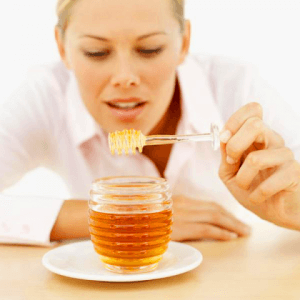
Cough medicine
The anti-inflammatory and soothing properties of honey can relieve coughs, including those caused by seasonal allergies. Studies show that honey, when ingested, acts like dextromethorphan (the active ingredient in cough medicines). Also, this sweet medicine wraps a protective film around the throat, thereby preventing irritation. For children prone to frequent colds and sore throats, it is beneficial to consume small portions of honey every day. It is best if the child receives this sweet product about half an hour before bedtime.
Accelerates wound healing
Until the advent of penicillin, honey was used in traditional medicine to fight infections, especially skin infections. The antibacterial, antifungal and antioxidant effects of honey make it ideal for accelerating wound healing. Honey has been scientifically proven to be effective against over 250 strains of bacteria (including Staphylococcus aureus and Enterococci). In some clinics, honey dressings are actively used to treat burn wounds. The Americans participating in the experiment confirmed that honey accelerates the healing of 58 of the 59 wounds.
Allergy remedy
Honey from areas of permanent human habitation contains pollen from local plants. This means that with each portion of local honey, a person receives a certain portion of the allergen. Thus, the body’s resistance to pollen, which causes allergies, is developed. That is, honey enhances the immune system and the body’s ability to resist one of the most powerful allergens – pollen. But the key point is that honey must be locally produced. And this is no longer just a scientific theory, but a fact confirmed by experiments. Participants in the control group noted that as a result of honey therapy, the symptoms of allergies decreased by about 60%, and the number of days with pronounced allergies decreased by 70%.
Salvation from herpes
16 adult patients with recurrent labial and genital herpes reported significant improvement after honey treatment. What’s the secret? First, honey dries out the wound faster. Secondly, the high sugar content inhibits bacterial growth. Third, the bee enzyme that insects release into the nectar contains small amounts of hydrogen peroxide. For this reason, honey is often one of the components of pharmaceutical herpes medicines. Meanwhile, it is important to understand: neither honey nor pharmaceuticals today are able to completely cure herpes – only to reduce the symptoms of a viral disease.
Improves memory
Sweet nectar is high in antioxidants that protect brain cells from free radicals and other harmful effects.
Research from 2011 showed that daily consumption of a teaspoon of honey strengthens memory and enhances brain performance. In addition, this sweet product improves the absorption of calcium by the body, which, according to scientists, is necessary for the brain for analytical activity and the ability to make adequate decisions. Over the years, the human brain requires more active vitamin and mineral replenishment in order to prevent the development of dementia. Honey is perfect for these needs.
Sweet Dreams!
Honey can be beneficial for people with insomnia. This sweet product activates the production of serotonin, a neurotransmitter responsible for good mood and happiness. The body then converts serotonin into melatonin, a chemical that is responsible for the duration and quality of sleep. In addition, honey contains the amino acid tryptophan, which also promotes restful sleep.
Natural remedy for dandruff
Dandruff is known to be a fungal skin disease. And if you remember that among the virtues of honey there are anti-fungal properties, it becomes clear how this sweetness relieves dandruff. Cosmetologists advise for treatment to use a 10% honey solution (diluted with warm water), which is applied to the scalp for 3 hours (before washing). A 2-week course of this treatment will relieve dandruff, which will not return even after 6 months.
Also, this remedy treats dermatitis and other fungal diseases well, relieves itching and redness of the skin.
The Benefits of Immunity
Among the many benefits of honey is the ability to strengthen the immune system. In many ancient records there is a recipe for a healing drink made from a spoonful of honey, the juice of half a lemon and warm water. In ancient times, this drink was advised to be drunk on an empty stomach as a general tonic. Modern doctors agree: regular consumption of this drink will protect against many diseases and strengthen the immune system.
 Means against cancer
Means against cancer
Can honey protect against cancer? Mankind asked this question many years ago. Modern science has proven that this amazing product has antitumor properties, and also actively removes carcinogenic substances from the body, which, in fact, trigger the process of degeneration of healthy cells. Many studies have proven that people who consume honey are less at risk of developing malignant tumors.
For losing weight
Let it not be surprising that honey, being a very sweet product, contributes to weight loss. Due to its chemical composition, nectar promotes the activation of metabolic processes and accelerates the elimination of toxins from the body. For weight loss, it is recommended to consume 2 teaspoons of honey daily – in the morning (on an empty stomach) and before bedtime. To do this, dilute 1 teaspoon of nectar in a glass of water. By the way, nutritionists say that the drink according to this recipe is almost identical to the chemical composition of blood plasma.
Anti-cellulite honey massage will help speed up the process of losing extra pounds. For this, liquid honey is applied to problem areas. Massage is done with patting movements until the honey turns into a white porridge. Then rinse and wrap the skin in warmth.
Other benefits of honey:
- thanks to flavonoids, it protects against cardiovascular diseases;
- useful for stomach ulcers and other disorders of the digestive organs;
- important for improving athletic endurance;
- improves vision;
- cures impotence and prevents premature ejaculation;
- treats diseases of the urinary tract;
- relieves nausea and diarrhea;
- possesses the properties of a prebiotic (some varieties contain 6 types of lactobacilli and 4 types of bifidobacteria).
Is it possible for pregnant women
Pregnancy is a special period in the life of every woman, when you have to take care not only of yourself, but also of the unborn child. Therefore, there is nothing strange that expectant mothers often ask themselves which of the previously familiar foods can continue to eat without fear, and from which it is better to be. And honey also causes fear in many women.
Nutritionists say that honey is not only possible for pregnant women, but also necessary. Although you should not get too carried away.
The beneficial properties of the product have a beneficial effect on the pregnant body and the unborn child. 1-2 teaspoons of sweet nectar will protect against hormonal surges, irritation and tearfulness, as well as prevent anemia, provide the body with many important trace elements and vitamins.
Honey in cosmetology
Honey is a great natural moisturizer because it absorbs and retains moisture for a long time. Therefore, this product is an ideal addition to moisturizing shampoos, conditioners. And its antimicrobial properties make it an essential ingredient in personal care products. In addition, nectar is a well-known anti-aging ingredient.
 Honey hair mask
Honey hair mask
Mix half a cup of honey and a quarter cup of olive oil. Apply a small amount of the mixture over the entire length of the hair and leave for 30 minutes. Then rinse with shampoo.
Body moisturizer
Mix 5 tablespoons of honey, 2 tablespoons of rose oil and 2 cups of almond oil. Massage onto dry skin.
Honey Almond Scrub
Mix 3 teaspoons of honey, 1 teaspoon of olive oil and 6 tablespoons of crushed almonds. Lightly rub into the skin of the face, then rinse with warm water.
Honey in folk medicine
 Cough syrup
Cough syrup
This lemon honey syrup will not only help cure coughs, but also work great as a preventative measure for colds in the winter. Lemon strengthens the immune system, and honey kills most bacteria, protects the throat from disease. According to many doctors, this syrup is the perfect cough suppressant.
Pour a mug of natural honey into a saucepan and heat over low heat. In no case should honey be boiled, since heat treatment neutralizes all useful components. Meanwhile, pour over the lemon with boiling water (to kill the bacteria contained on the peel), chop and add to the heated honey. Infuse the mixture in a water bath for about an hour. Then strain (to remove seeds and other solids), cool and store in a sealed glass container in the refrigerator. Can be stored for about 2 months.
Children can be given 1 teaspoon 4 times a day. Dose for adults: 1 tablespoon each with similar regularity.
Hangover cure
Honey is one of the best foods to give to a hangover. Sweet nectar has a beneficial effect on the digestive system, accelerates the elimination of harmful substances from the liver, and acts as a sobering agent.
For a hangover treatment, a drink made from 15 mg of liquid honey, 80 ml of orange juice and 70 ml of pure yogurt is suitable.
Anti-insomnia drink
The most popular remedy for insomnia is a drink made from honey and milk. Cooking it is as easy as shelling pears: dilute 1 teaspoon of honey in a glass of warm milk. People with lactose intolerance can use chamomile tea instead of milk, which also has soothing properties.
Longevity remedy
You will need pine nuts and walnuts (in a glass), dark raisins (chopped, about 500 g), light raisins (200 g), rose hips (50 g), honey (half a kilo). Mix all the ingredients and pour 500 ml of vodka. Insist for 10 days, shaking the vessel regularly. Take a ready-made tincture before a meal three times a day for a tablespoon.
Medicine to cleanse the liver
Mix honey (500 g), olive oil (500 ml), lemon juice (from 2 fruits). Take 3 times a day (before meals) in a tablespoon.
Ancient Rus honey drinks
Since ancient times, the ancient Slavs not only ate honey, but also drank it. True, liquid honey in Russia was a special drink made from sweet nectar, which our ancestors considered a divine product.
 Boiled honey
Boiled honey
This drink somewhat resembled beer, and it was brewed from 1 part honey and 2 parts water. As a rule, berries, fruits, vegetables or herbs were added to it.
Suritsa (surya)
The Slavs associated this drink with the name of the goddess of light and fun. It was prepared from honey, spring water and herbs collected on a full moon. As a rule, they used a string, sour cherry, chamomile, sea buckthorn, linden, burdock. It was believed that this drink has magical powers and endows a person with good health and strength.
Put honey (honey)
Rusichi used this drink on special occasions: at weddings or christenings. It was prepared from 2/3 honey and 1/3 berry juice. The mixture was poured into a barrel, sealed tightly and buried for 10-20 years. The strength of such a drink, as a rule, did not exceed 10-15 degrees.
Mead
When vodka appeared in Russia in the XNUMXth century, it replaced honey drinks from everyday life. Primarily because it has become easier and faster to produce vodka. But in the XNUMXth century, interest in ancient Russian honey drinks increased again. However, instead of real honey, mead appeared, which was very different in quality from the ancient divine drink.
How to choose the most delicious honey
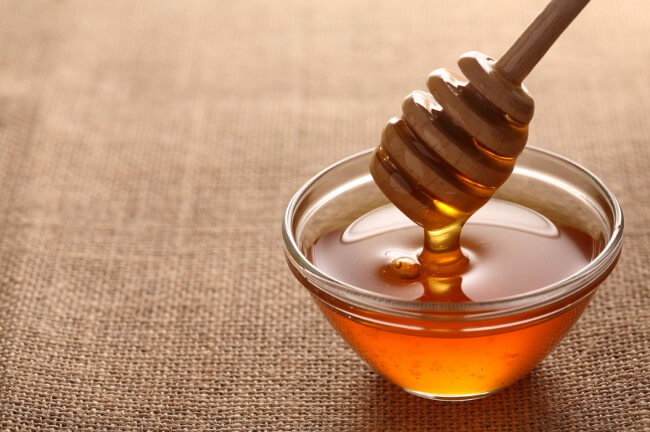
So, the British can boast of the most delicious clover honey, the best orange blossom product is produced in Mexico, some European countries and in some US states. Also in Mexico the best product is “born” from lemon pollen, and in France, bees produce delicious honey from alfalfa.
Some manufacturers, in order to make the honey lighter, lend it to ultrafiltration. As a result, pollen particles are removed from the product, which, in fact, is responsible for most of the benefits of the product. Without it, flower honey turns into a glucose-fructose solution, the benefits of which are no more than ordinary sugar.
Rules for determining the quality of honey:
- Dip a spoon in liquid honey and twist: the unripe product will drain from the spoon, the ripe product will wind up like a ribbon.
- Dip a thin stick in liquid honey and remove. The real product flows down like a thread and “builds” a turret of honey, which will disperse a little later. Fake – flows like glue, abundantly and with splashes.
- A quality product does not foam.
- Real sweet nectar should thicken over time, become cloudy and darken (crystallizes no later than 1-2 months after pumping out, more often – after 2-3 weeks). The last honey pumping is done at the end of September or early October. This means that in the second decade of October, all real honey should already be candied (except for acacia and heather).
- The artificial product is devoid of a floral honey smell, and its taste resembles sweetened water.
- The admixture of starch in honey can be determined by a qualitative reaction using iodine (if starch is added, the product will turn blue), and the addition of chalk will determine the vinegar (nectar will “boil”).
- You can determine the quality of honey using paper and matches. To do this, drip nectar onto paper and set it on fire. Natural product will not change its color and consistency. If the nectar begins to melt under the influence of fire, the bees were fed sugar syrup. If the product turns brown, it is not natural nectar.
- Crystallization is a natural process for honey and does not affect the quality of the product.
 Shop honey: what’s under the lid
Shop honey: what’s under the lid
What some merchants will not think of in order to increase their income. This is how new “types” of honey appeared.
- Synthetic. This product is a “child” of chemistry, a surrogate. Consists of thickeners, flavors and sugar. It has nothing to do with nectar and bees.
- Bodyazhny. Natural nectar diluted with syrup.
- Sugar. This is already a bee product, but the insects did not feed on flower nectar, but on sugar syrup.
- Chemical. During the period when bees are sick, and beekeepers treat them with chemicals, honey also becomes chemical – with a high concentration of harmful substances.
How to store correctly
The optimum temperature for storing this product is called 19-24 degrees. It becomes darker with long-term storage. It is important to consider that yeast cells are present in honey. Therefore, when the liquid in the product exceeds 19% of the total composition, the fermentation process begins. Fermented honey takes on a vinegar taste and sour smell. Such a product is unsuitable for consumption.
It is also important to know that honey does not tolerate heating – at the same time the chemical composition of the product changes dramatically, its useful properties decrease. And according to some sources, with very strong heating, carcinogenic substances are produced in honey. If you need to dilute a sugared product, it is better to use a water bath, not exceeding 50 degrees Celsius.
Do not store honey in galvanized or changed dishes – chemicals react to form poisons.
The optimal shelf life of natural nectar is 1 year. An older product loses vitamins, glucose and fructose, but the concentration of acids and sucrose increases.
Daily rate
Although honey is an extremely healthy product, it should be used wisely. Do not forget about the high content of fructose for people with diabetes and overweight. And nutritionists advise healthy people to consume no more than 25 g of fructose per day. So the daily rate of honey is determined based on the total daily diet.
According to another theory, the daily norm of honey for adults should not exceed 100 g, children are allowed no more than 40 g of honey. Of course, if there are no contraindications. Researchers have calculated that 8 kg of sweet nectar is enough for one adult per year.
Possible hazards

It is important to consume honey with caution for people with diabetes and those prone to allergies. The pollen in the product can cause unwanted side effects. Even small portions of the product can cause dizziness and disorders of the digestive organs.
Asthmatics should be extremely careful with beekeeping products. Pollen sometimes causes asthma attacks, fever, and skin rashes. To avoid undesirable consequences, you need to start using the product with very small portions.
Treatment with honey is contraindicated for such ailments:
- emphysema of the lungs;
- pulmonary heart failure;
- pneumosclerosis;
- chronic obstructive bronchitis;
- pulmonary bleeding;
- decompensated heart disease;
- acute myocarditis;
- severe heart failure;
- acute pancreatitis;
- acute gastritis;
- exacerbation of gallstone or urolithiasis.
Humanity has been using honey as a natural sweetener for thousands of years. But besides the gastronomic benefits, this product is beneficial for maintaining the health of the skin, respiratory and digestive systems. It has many properties that are important for the body.
 Acacia
Acacia Dandelion
Dandelion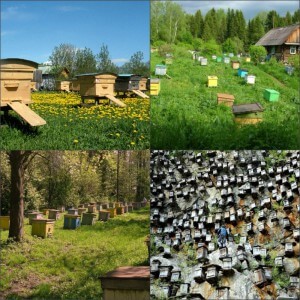 Mountain
Mountain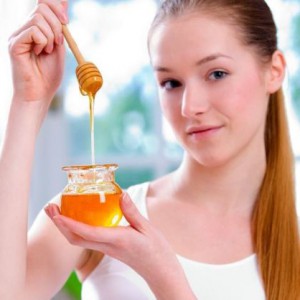 Means against cancer
Means against cancer Honey hair mask
Honey hair mask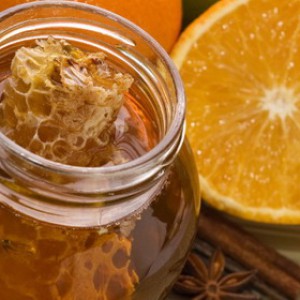 Cough syrup
Cough syrup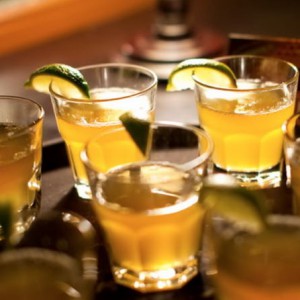 Boiled honey
Boiled honey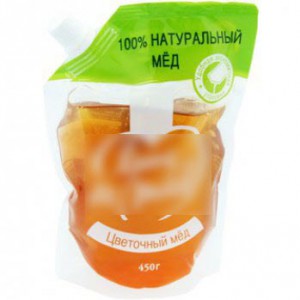 Shop honey: what’s under the lid
Shop honey: what’s under the lid